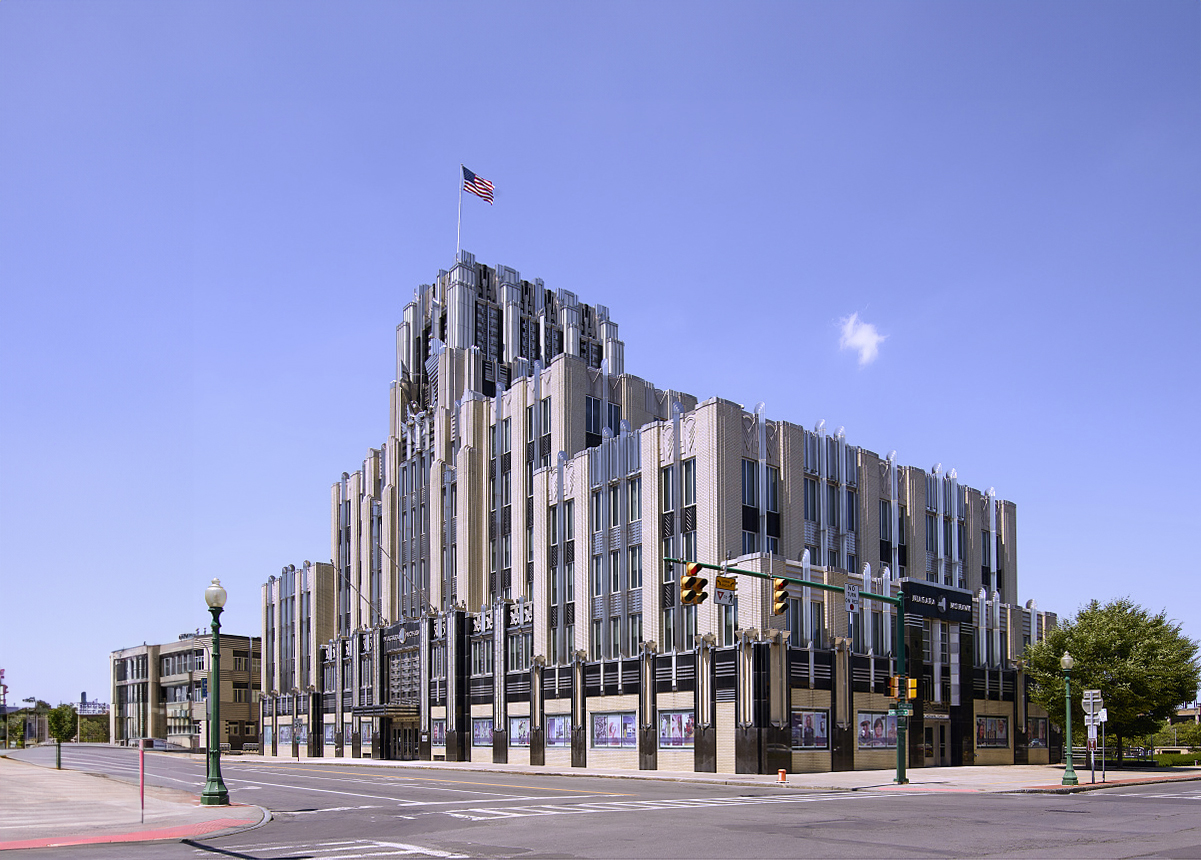The Niagara Mohawk Building is an Art-deco skyscraper designed by Melvin L. King and built between 1930 and 1932 in Syracuse, NY.
Niagara Mohawk Building is not the only name you might know this building by though. The building is, or has also been known as Niagara Hudson Building.
Its precise street address is 300 Erie Boulevard West, Syracuse, NY. You can also find it on the map here.
The Niagara Mohawk Building is a structure of significant importance both for the city of Syracuse and the United States as a nation. The building embodies the distinctive characteristic features of the time in which it was built and the Art Deco style. Because of that, the Niagara Mohawk Building was officially included in the National Register of Historic Places on June 25th 2010.
At the time of its completion in 1932 the Niagara Mohawk Building incorporated solutions that were quite advanced at the time, these included vertical strips of light highlight the shape of the building at night.
